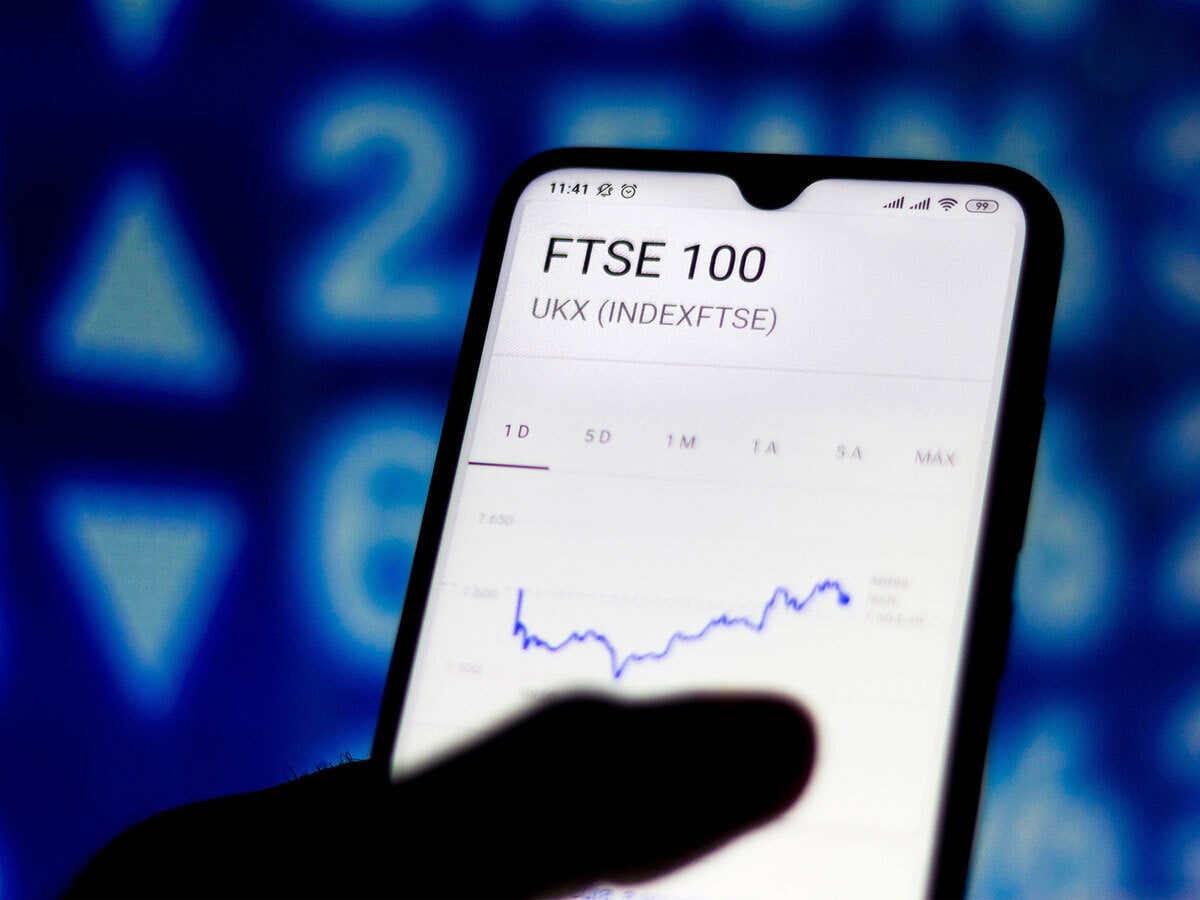
Last week the FTSE100 pushed up to its best level since late May before finishing the week slightly lower. Unlike its peers in the US and in Europe the FTSE100 is on course to finish the month higher, while the Nasdaq 100, S&P500 and DAX all look set to close out the month lower.
US markets have looked particularly vulnerable after last week’s hawkish Fed meeting saw the US central bank revised up its Fed Funds target rate for 2024 to 5.1% from 4.6%, as a more resilient US economy reinforced the higher for longer mantra, which in turn served to push US 2-year yields to their highest levels since 2006 and 10-year yields to their highest levels since 2007.
The Fed also kept the prospect of another rate hike in November very much on the table with Governor Michelle Bowman and Susan Collins of the Boston Fed reinforcing that messaging over the weekend.
German and French yields have also pushed higher in the last 2 weeks in the wake of the ECB’s surprise decision to hike rates by 25bps despite increasing evidence that the economy in Europe is struggling significantly. Unsurprisingly this decision weighed on markets in Europe which slid back sharply last week.
We also saw the S&P500 close at its lowest level since 9th June at the end of last week, as well as closing below its 100-day SMA for the first time since March. The Nasdaq 100 also finished the week below its 100-day SMA for the first time since 19th January in a sign that the upward momentum that has been the hallmark of the US markets' resilience may be starting to break down.
The outperformance of the FTSE100, which has struggled to push higher this year, can partly be explained by the fact that the Bank of England is probably done when it comes to raising rates, after last week’s finely balanced decision to call a pause to the current rate hiking cycle. This realisation that additional rate hikes could do more harm than good in the face of a squeezed consumer has seen UK gilt yields plunge in the last 2-weeks with the UK 2-year yield slipping to its lowest since mid-June and offering some welcome relief to mortgage holders and the banks and real estate sector in the process.
This weakness in yields has unsurprisingly hurt the pound which looks set to be the worst performing G8 currency this month and on course for its biggest monthly decline since August last year.
The extent of this weakness particularly against the euro seems a little overdone given the weakness in the European economy could force the ECB into a rate cut sooner than perhaps it would like given the dire performance being seen in some of the recent PMI numbers.
The problem facing all the central banks is the rise in the oil price which if it continues unchecked could choke off any semblance of a rebound in economic activity. With Brent crude prices at 10-month highs and core inflation still uncomfortably high the price for keeping a lid on inflation could well see current interest rate levels remain higher for a lot longer.
This is especially true in the UK, where while we may have averted the worst of what markets were pricing for UK rates, when the terminal rate was being priced at 6%, we could find that it could be a very long time before rates come down even a little.
Nonetheless stock markets do appear to be pricing in the very real prospect of a prolonged period of low growth, and high inflation, or stagflation and even possibly recession.
Recent economic data is already flashing warning signs to this effect with this morning’s German IFO data for September set to reinforce this with further weakness towards last years low point of 85.2 expected in the business climate number. Current assessment is set to also weaken further towards August 2020 levels of economic activity.
This week’s inflation data is expected to underpin the challenges facing central banks with the latest numbers from Australia, as well as core PCE \Deflator from the US as well as the latest flash CPI numbers for September from France, Germany, Spain as well as the wider EU flash number which is due on Friday, and which could show the ECB erred a couple of weeks ago when it tightened the rate hike screw further.
European markets look set to open lower this morning after the weak finish seen on Friday in the US.
EUR/USD – currently finding some support at the 1.0615 area, with a break below 1.0600 retargeting a return to the March lows at 1.0515. We did see a rebound to the 1.0740 area last week but we need to see a move back above 1.0780 to stabilise and minimise the risk of further losses to the lows this year at 1.0480.
GBP/USD – has slipped below the May lows at 1.2295 and could well sink further towards the 1.2190 area on the way to a retest of the 1.2000 area. Only a move back above the 1.2430 area and 200-day SMA stabilises and argues for a return to the 1.2600 area.
EUR/GBP – currently retesting the 200-day SMA at 0.8720, with a break above this key resistance arguing for a move back to the 0.8800 area. Support at the 0.8670 area.
USD/JPY – continues to squeeze higher towards the 150.00 area with support currently at the lows last week at 147.20/30. Major support currently at the 146.00 area.
Disclaimer: CMC Markets is an execution-only service provider. The material (whether or not it states any opinions) is for general information purposes only, and does not take into account your personal circumstances or objectives. Nothing in this material is (or should be considered to be) financial, investment or other advice on which reliance should be placed. No opinion given in the material constitutes a recommendation by CMC Markets or the author that any particular investment, security, transaction or investment strategy is suitable for any specific person. The material has not been prepared in accordance with legal requirements designed to promote the independence of investment research. Although we are not specifically prevented from dealing before providing this material, we do not seek to take advantage of the material prior to its dissemination.























